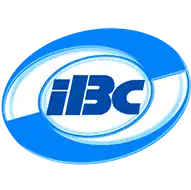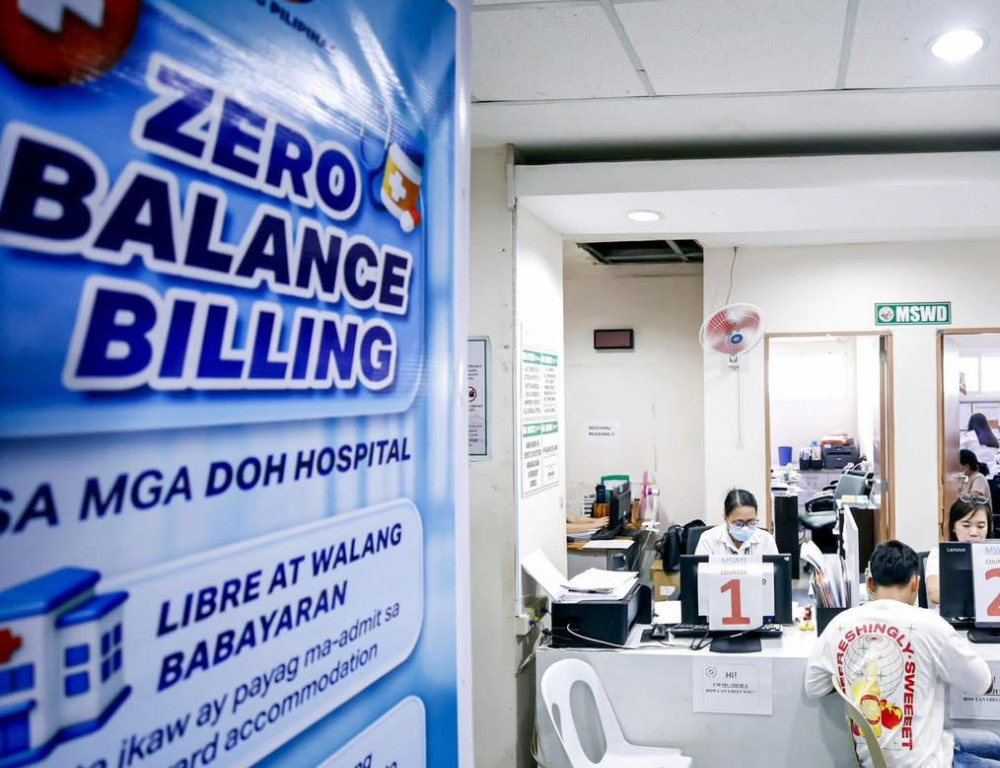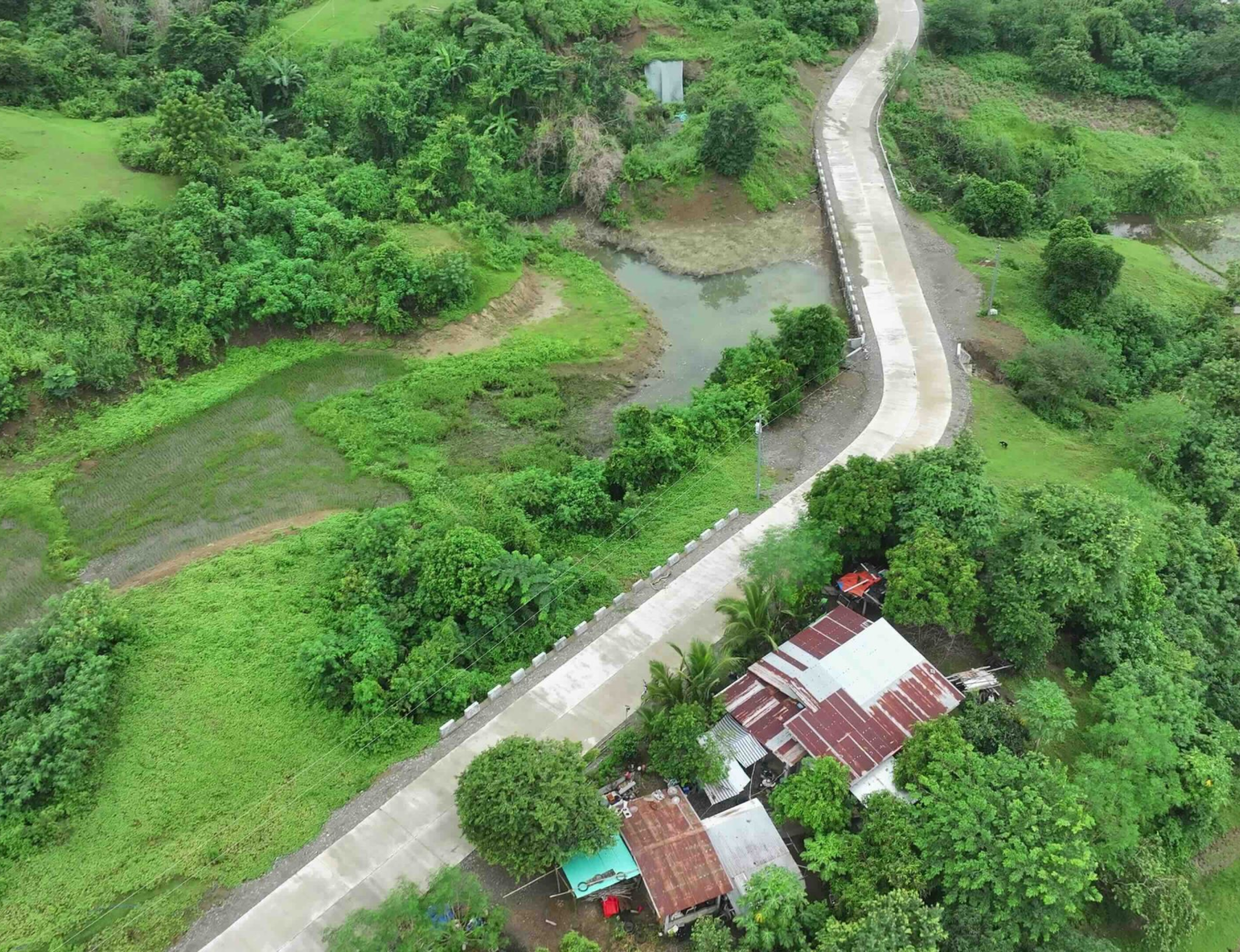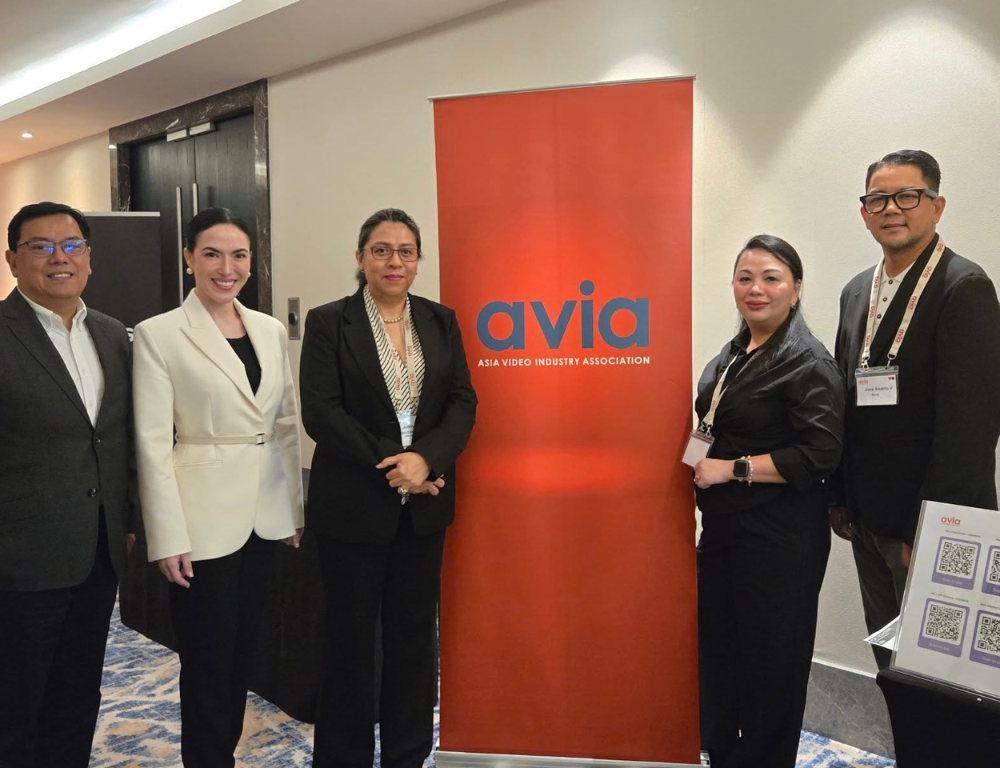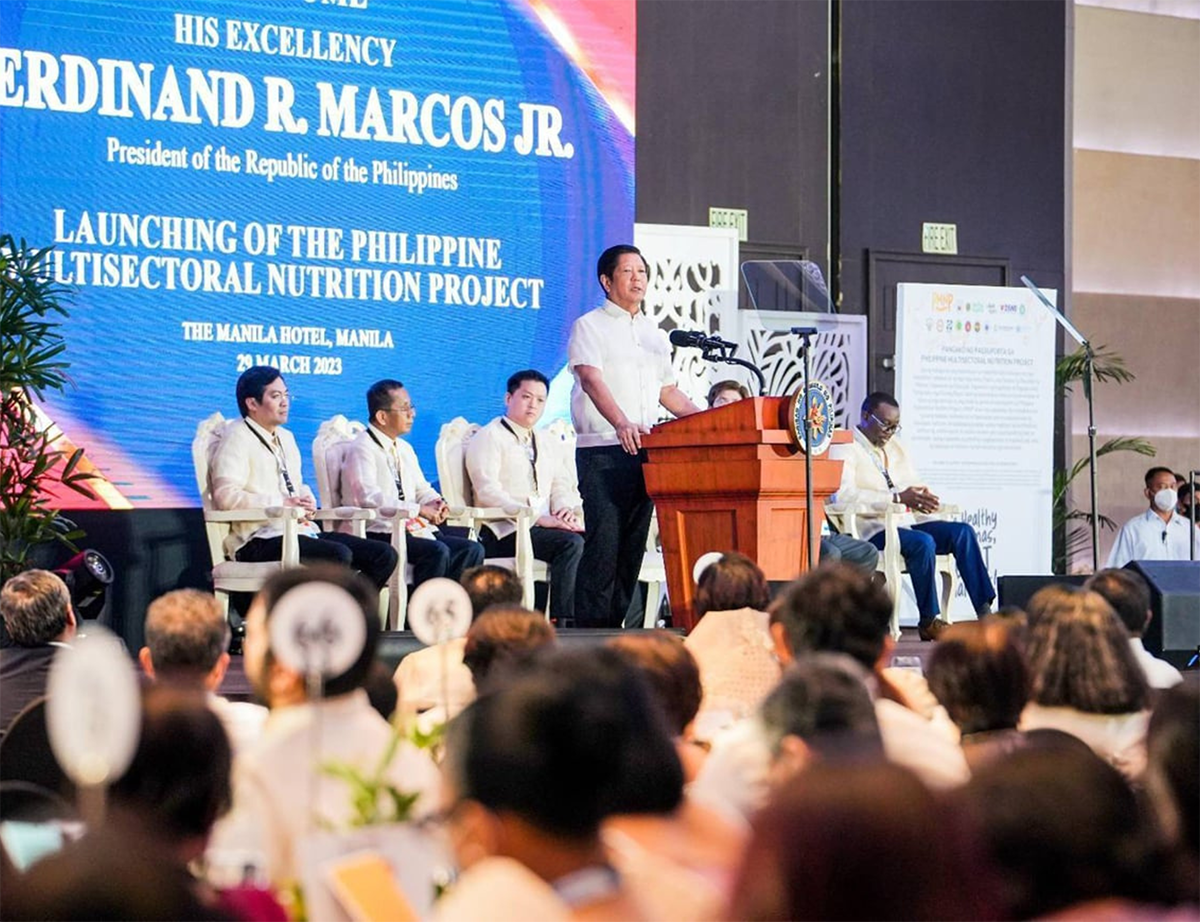
President Ferdinand R. Marcos Jr. knows the value of investing in the Filipino. He made this clear in his speech during the launch of the Philippine Multisectoral Nutrition Project on March 29, 2023, where he underscored the need to invest in the country’s 110-milion strong population, which he described as the “main drivers of our economy.”
“We will want to invest in our 110-million strong population, who, without question, are the main drivers of our economy,” PBBM said. “We must capacitate and hone them to become industrious, potent and productive Filipinos, who are strong and resilient, withstanding the rigors of citizen life, to live long and to enjoy their lives in the process.”
This is, according to PBBM, the reason his administration is prioritizing the areas of food security, healthcare, and education. But at the core of these three vital aspects is good nutrition, which the president acknowledged is beset with problems, like widespread malnutrition and stunting in undernourished Filipino children.
“What is worse is the insidiousness of the malnutrition problem. Malnutrition is, in turn, linked to long-term adverse developmental impacts, taking its toll on our people’s learning ability, academic performance, all the way to productivity and employment opportunities—and it also carries with it hereditary implications,” PBBM said. “Indeed, like the problem of food security, these related nutritional issues are also critical and fundamental to our socioeconomic development. Therefore, as we aim for food security, we must also pursue with the same vigor and consistency the remedies to this grave problem of [malnutrition]…”
Inadequate Iodine Intake: Jeopardizing the Filipino
One problem related to nutrition that might not be getting enough attention is Filipinos’ inadequate iodine intake. Iodine is a type of trace mineral crucial in the production of thyroid hormones, naturally occurring chemicals that regulate growth, metabolism, and various bodily functions. The thyroid gland absorbs ingested iodine from the bloodstream, and this is then used by the body to synthesize hormones such as thyroxine (T4) and triiodothyronine (T3), which play a huge role in everything from regulating energy levels to accelerating brain development.
Unfortunately, according to the 2021 Expanded National Nutrition Survey (ENNS) of the Department of Science and Technology’s Food and Nutrition Research Institute (DOST–FNRI), many Filipinos are not getting the recommended daily intake of iodine—90 micrograms for infants 0–11 months and kids 1–5 years old; 120 micrograms for children aged 6–12; and 150 micrograms for preteens aged 10–12, teenagers, and adults.
Indeed, this iodine insufficiency problem is prevalent in the Philippines, as the DOST-FNRI found in its 2018 National Nutrition Survey. According to this survey, 23 percent of elderly Filipinos lack iodine, while around 11 percent of Pinoy children aged 9–10 are iodine deficient. What’s more, 20 percent of pregnant women and 21 percent of lactating women in the country have some form of iodine insufficiency. These numbers highlight how big of a problem this is and how many Filipinos are at risk due to their lack of iodine intake.
This lack of iodine can have serious repercussions, particularly for infants and children. At this developmental stage, in particular, iodine insufficiency can stunt growth and development, hinder cognitive advancement, and even cause speech and hearing impairments, among others. Iodine deficiency in pregnant women can be just as harmful as it can cause neuro-developmental deficits, low birth weight, and prematurity. It can even increase perinatal and infant mortality. For teens and adults, a lack of this trace mineral can increase their risk of thyroid disorders and compromise their immune functions.
Put simply, iodine deficiency is the kind of grave problem PBBM wants addressed immediately. In fact, he underscored his administration’s urgency to fix what he previously described as the “triple burden of malnutrition”—undernutrition, micronutrient deficiency, and overnutrition—by directing all relevant government agencies to strengthen the drive of the National Nutrition Council (NNC).
Improving the Filipinos’ Iodine Intake with Tubig Talino
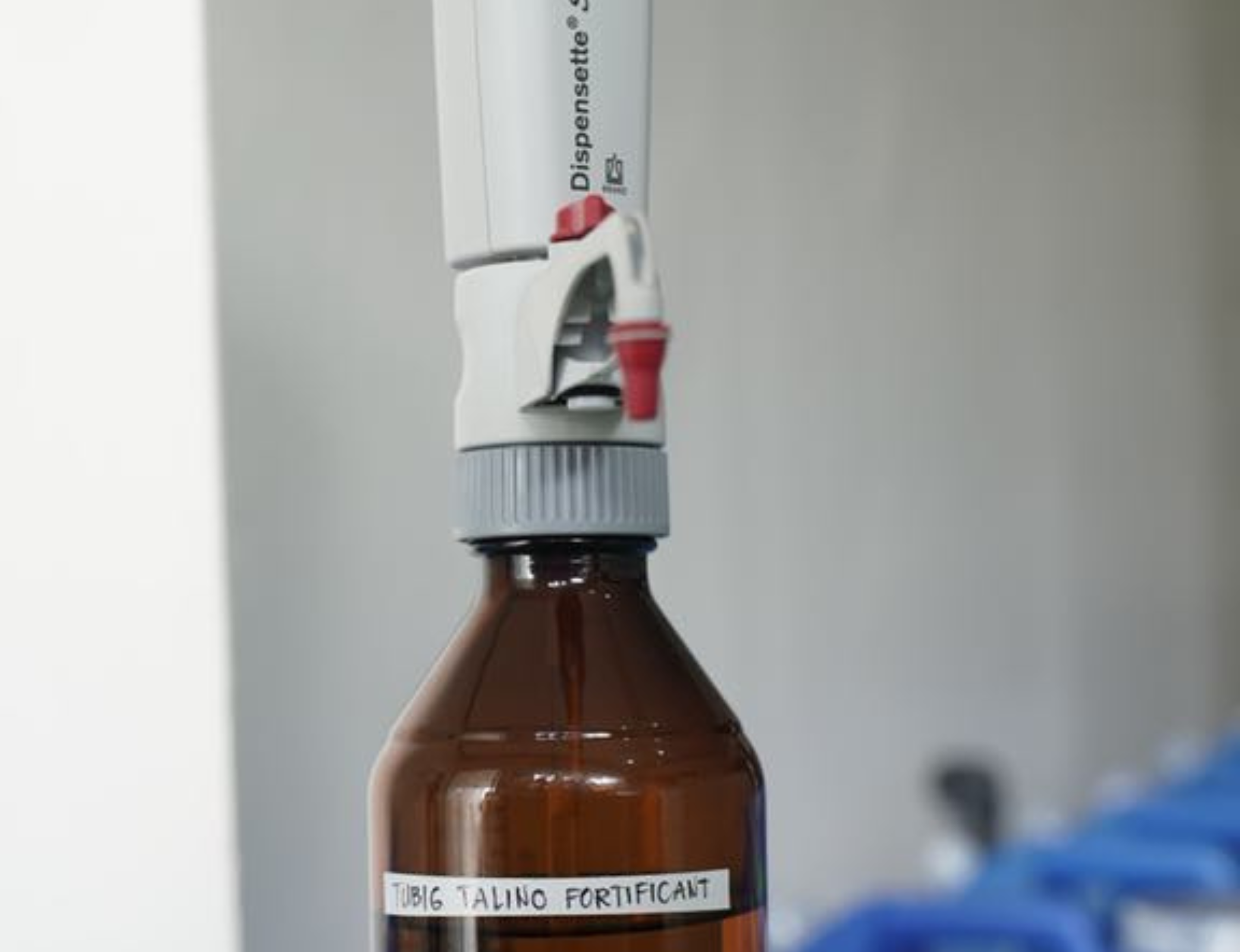
The DOST-FNRI is working overtime to help the PBBM administration deliver on its higher goal of improving Filipinos’ nutrition.
In fact, the DOST-FNRI had already underscored the critical role of iodine, mentioning it in the seventh recommendation of the Nutritional Guidelines for Filipinos: “Use iodized salt to prevent iodine deficiency disorders.” Iodized salt, of course, is one of the most convenient, cost-effective, and widely available sources of iodine—especially with the ASIN Law, also known as the “Act for Salt Iodization Nationwide Law or Republic Act No. 8172, in full effect since 1995.
“Ang mandato po ng DOST-FNRI, una po ay i-define kung ano po yung malnutrition problem. For this specific case po, ito po yung iodine deficiency disorder,” said John Lester G. Ramirez, Science Research Specialist at DOST-FNRI. “At once po na ma-define na namin kung ano po yung problem, isa rin po sa mandato namin na mag-develop ng technology na magiging solusyon po sa problemang ito, at ito po ngayon ‘yung ‘Tubig-Talino.’”
So, in keeping with President Marcos’s directive of pursuing with vigor solutions to malnutrition, the DOST-FNRI is continuing Tubig Talino in an ambitious bid to address widespread iodine deficiency in the Philippines.
Tubig Talino is iodine-rich drinking water developed by the DOST-FNRI in 2020, iodine to help mitigate or prevent entirely iodine deficiency disorders in the country. It is made by mixing purified or ordinary potable water with a premix of water and iodine called Water Plus I2. The addition of this premix enriches the final product, which may then be consumed like regular potable water to improve iodine intake of Filipinos.
According to the DOST-FNRI, as little as 5 milliliters (mL) of Water Plus I2 can make as much as 20 liters (L) of Tubig Talino. This makes Tubig Talino a simple, low-cost solution to the country’s iodine deficiency problem—with 250 mL of this iodine-enriched water enough to meet as much as 33 percent of the body’s daily iodine requirement. What’s more, Tubig Talino tastes just like any potable water, making it near impossible to distinguish one from the other. As such, Filipinos can use this iodine-enriched mixture for their favorite drinks, from coffee to tea to milk and juice. It can even be used for cooking in conjunction with iodized salt.
“Isa po yun sa pinanghahawakan po ng aming ahensya na labanan ang malnutrition sa pamamagitan ng accurate data. And we have the data naman po para i-prove na itong mga dine-develop naming mga technology ay talaga pong nakakatulong sa nutritional na pangangailangan ng tao,” Ramirez pointed out.
Bringing Tubig Talino to the Filipino
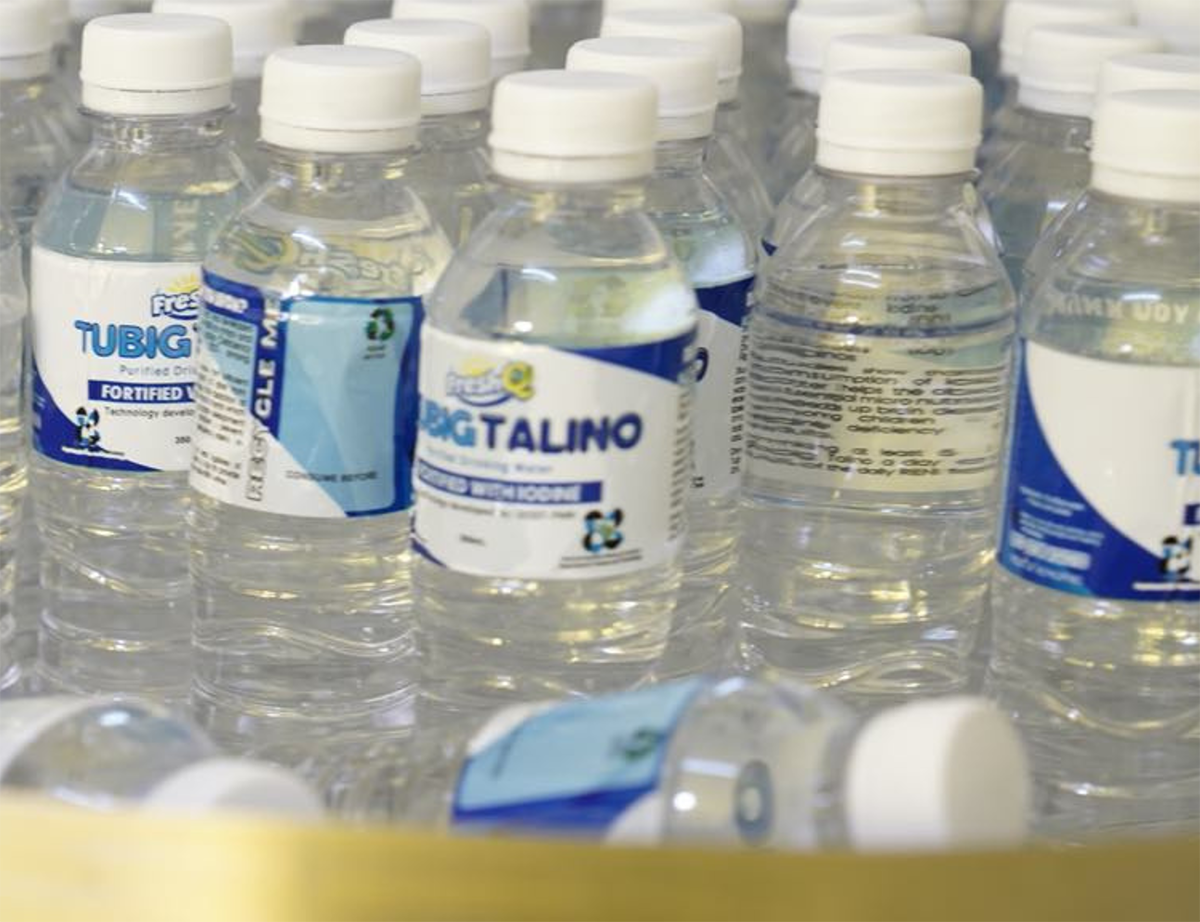
While the technology is available, the challenge is to make it accessible. For this, the DOST-FNRI has been tapping qualified technology adopters—groups, nonprofits, and business entities like micro, small, and medium enterprises (MSMEs) that can bring Tubig Talino to as many Filipinos as possible.
“Sa ngayon po, ang target ng proyektong Tubig-Talino ay ‘yung mga existing na may water refilling station. Dahil po meron na po silang mga kagamitan para sa paggawa ng mga purified water, at may mga ilan na lang po silang mga laboratory equipment na bibilhin,” said Ramirez. “In regards naman po sa training, kami po mismo yung tutulong ma-training po sila gamit po kung ano man ‘yung kagamitan na existing sa kanilang facility.”
In other words, aside from helping Filipinos get the required daily iodine intake, the DOST’s Tubig Talino program is also helping MSMEs like water refilling stations level up their business. This is precisely the case with the water refilling station of Renz Alfred Cruz, whose business is among the early adopters of Tubig Talino.
“Bago po namin in-adopt yan, pinag-aralan po talaga namin kung ano ang mga magiging benefits nito sa amin,” Cruz said of the decision to be a technology adopter. “Napag-desisyunan po ng aming pamilya na i-adopt po ito dahil napag-aralan po namin na marami po siyang matutulungan na kababayan po namin.”
This decision to team up with the DOST on Tubig Talino has been a game-changer for the Cruz family business, turning it into a community source of iodine-enriched water and a thriving facility providing livelihood opportunities. In short, Tubig Talino is helping the Cruz family help the community in more ways than one.
“Since dumating na po si Tubig Talino, yung pong aming produkto ay naging purified with iodine na po sya. Kung baga nagkaroon po kami ng edge sa ibang mga water refilling station,” said Cruz, who also gave the DOST a much-deserved pat in the back. “Si DOST po talagang tinulungan nya po kaming lumaki ang aming hanapbuhay, lalo na po sa aming komunidad. Nagkaroon po kami ng additional employees at nakatulong po kami sa aming komunidad na magkaroon po sila ng trabaho.”
Iodine for All—That Is the Goal
So far, according to the DOST, the agency has seven technology adopters of Tubig Talino—the Cruz water refilling station included. But plans are underway to sign up more partners to expand the program’s reach and help more people get their daily iodine intake requirement.
“Kami po ngayon ay may current na seven technology adopters kung saan sila po yung nagdi-distribute nito [Tubig Talino],” said the DOST’s Ramirez. “Sa ngayon naman po, ang mga target market nila ay household. And sana po, soon, maipasok na po ito sa ating mga paaralan para mas mapalawak pa po at matulungan po yung ating mga bata, mga estudyante.”
Incidentally, the DOST’s plan to bring Tubig Talino to schools to benefit the country’s young learners aligns perfectly with President Marcos’s mandate to capacitate Filipinos to become strong and resilient—with the capacity to withstand “the rigors of citizen life, to live long, and to enjoy their lives in the process.”
In other words, Tubig Talino is an ongoing project that is part of the DOST’s and the PBBM administration’s continuing efforts to defeat malnutrition once and for all and empower the Filipino with good health. It is why four years into the project, the agency is as passionate as ever in calling for partners to roll out the technology to different parts of the country. And for Antonette Rita Marie Blanco, Supervising Science Research Specialist of the DOST’s Provincial Science and Technology Office (PSTO) in Davao del Norte, the key is for people in the community, especially proprietors of water refilling stations, to see the positive impact of Tubig Talino on overall health and on the economy.
“If makita sa mga tawo ang value nga naa ni siya impact sa atong future, kay mga bata baya ang atong pa-imnun, may be ma interesado na sila (If people would find the value of the impact of this to our future because we will be providing this for the children, maybe they would get interested),” she said referring to the water refilling proprietors,” said Blanco in an episode of Sayron Ta! Pakigsayod: Serbisyo Alang sa Katawhang Pilipino as she first called on Davaoeños to adopt Tubig Talino.
Those interested to be a Tubig Talino partner will have to send a letter of intent to the PTSO of their respective localities signifying their desire to be a technology adopter of the project. This letter of intent will then be transmitted to the DOST-FNRI head office to formally start the partnership, assuming all technical and documentary requirements are submitted, vetted, and approved.
At the moment, the DOST-FNRI is still a long ways to go before that vision is turned to reality. But with PBBM’s leadership and the DOST leveraging innovation, the country is certainly headed in the right direction in fighting malnutrition—one vitamin and mineral at a time. (end)
